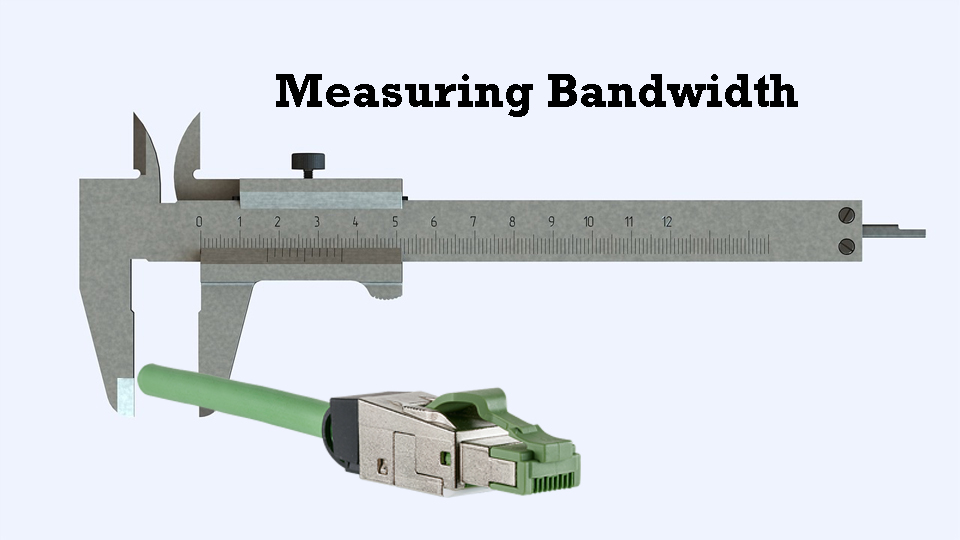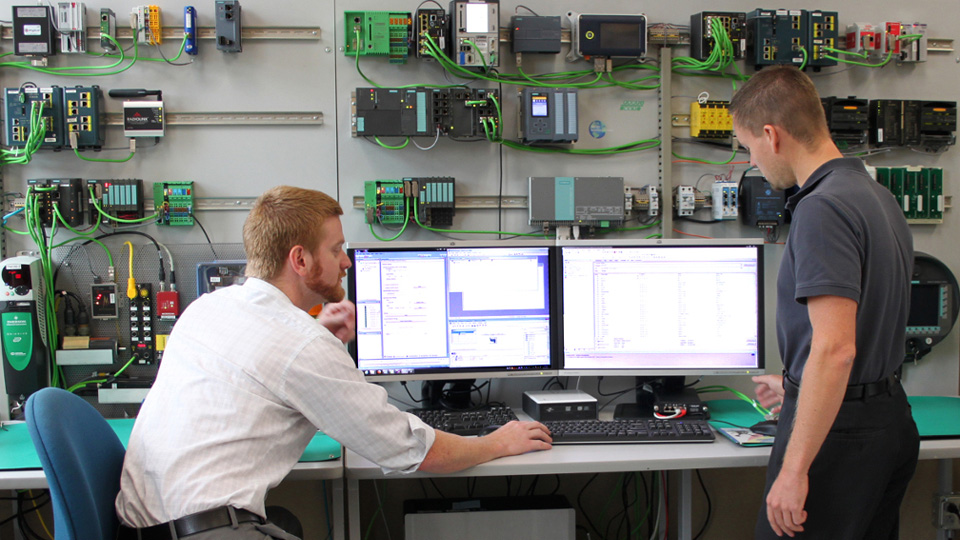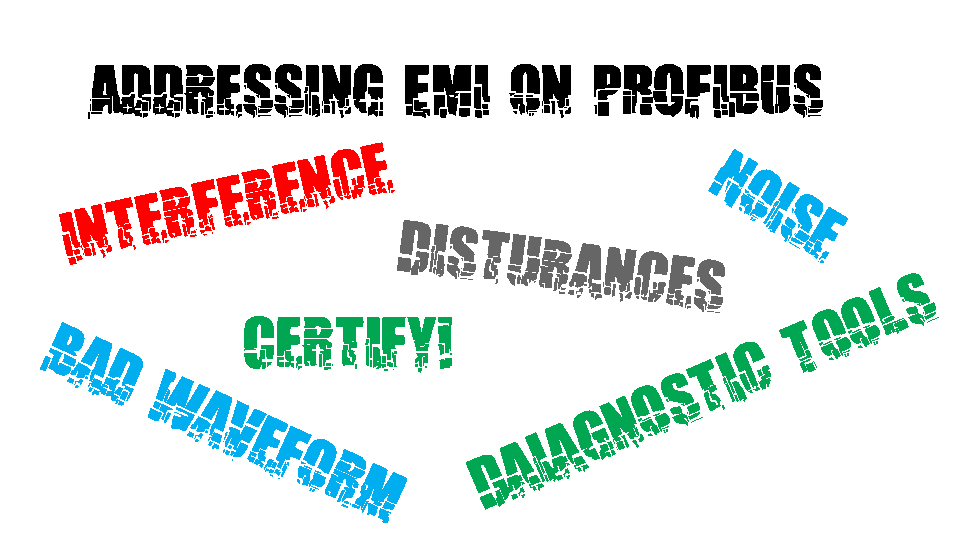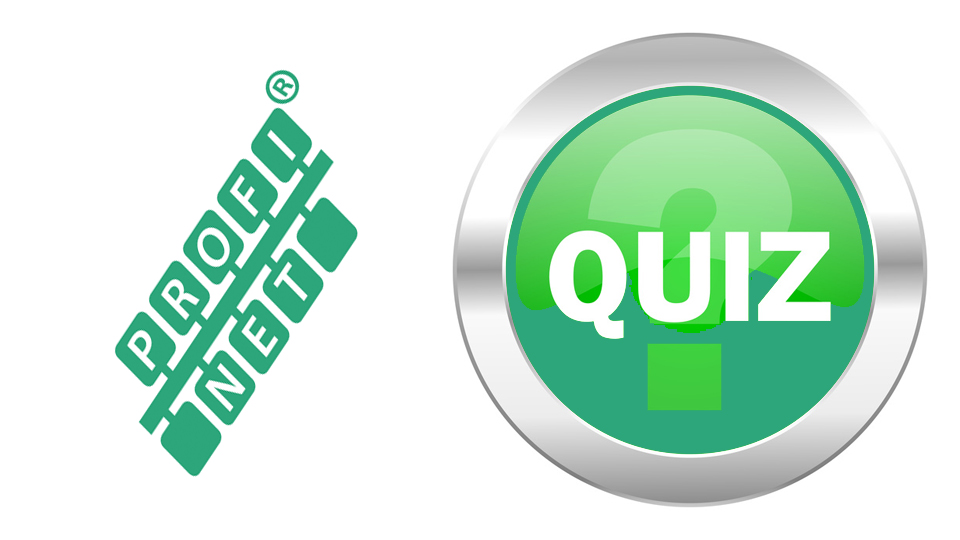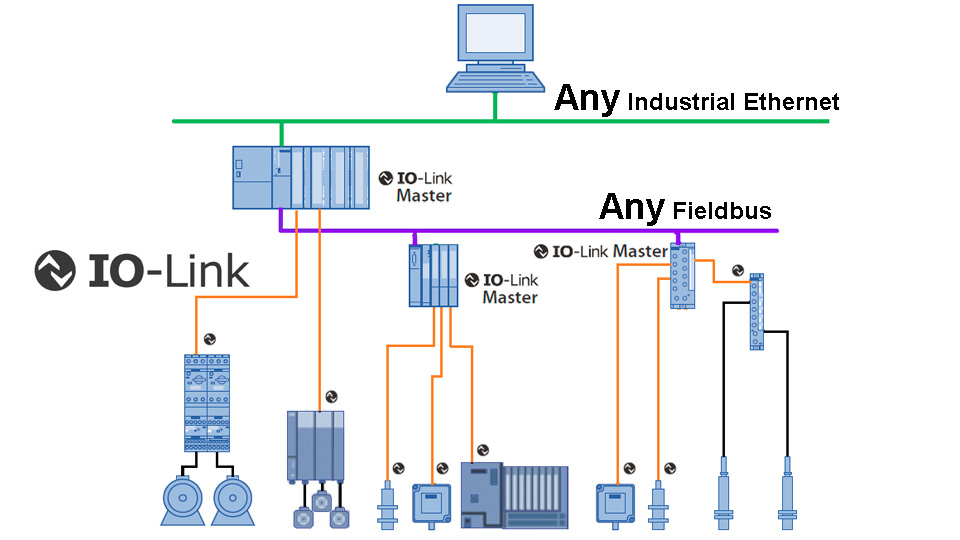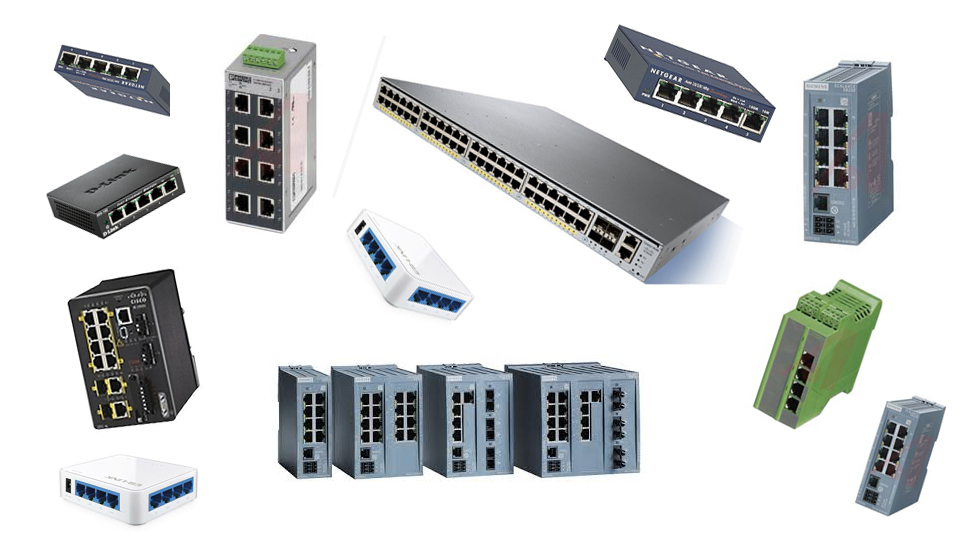Tech Tip: Designing for Available Bandwidth
A frequently expressed concern of PROFINET users is bandwidth. Is there enough? How can I be sure? This is a legitimate concern, prompting a reminder that there’s never a substitute for doing the engineering. Architect the system with bandwidth usage in mind.

